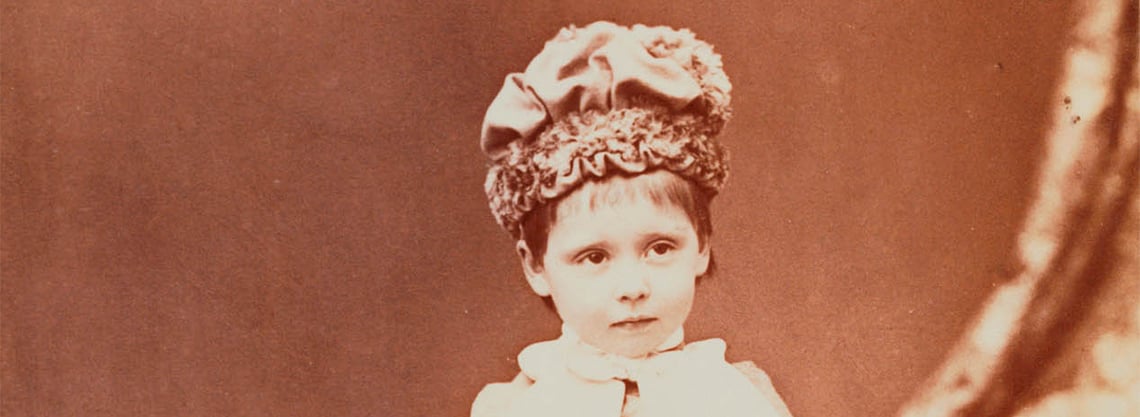Crown and Camera: The British Royal Family and Photography 1842-1910

- This event is in the past
Daily (Friday 13 Mar 1987 - Thursday 31 Mar 1988)
The Photograph section of the Royal Collection is a unique archive dating from almost the very beginnings of photography to the present day.
Crown & Camera was the first Royal Collection exhibition to be entirely dedicated to photography. The exhibition displayed images selected from the earlier part of the collection, dating from 1842 (the year of the first known photograph of a member of the Royal Family, Prince Albert) to 1910 (the year of the death of King Edward VII, the eldest son and successor to Queen Victoria and husband of a keen and gifted photographer, Queen Alexandra). These seventy years represent a dynamic period in the history of photography, and all the stages of its development, both in terms of the technical processes and as a form of art, can be followed within the collection.
During the 1840s, Prince Albert and Queen Victoria were patrons of the more traditional arts, but they also encouraged and supported photography from its early days. The new medium was initially considered an extremely innovative and fascinating technological invention; however, the royal couple soon began to realise how technology and art had come together to create a new form of visual representation - photography could be a form of art as well as a means of keeping records.
From the early 1850s, both Queen Victoria and Prince Albert began to show very active enthusiasm for photography. Prince Albert in particular supported and promoted the new medium and helped photography to receive greater scientific, artistic and public attention, particularly through his involvement in both the Great Exhibition of 1851 and the Exhibition of Art Treasures of the United Kingdom of 1857. They also became patrons of what it is now The Royal Photographic Society soon after it was formally constituted in 1853.
During the 1850s the royal couple not only acquired a large number of photographs by important artists such as Rejlander, Kilburn and Clifford, but also commissioned many different projects from such photographers as Bedford, Fenton, Caldesi, Williams and Bambridge. The earliest albums in the collection are the Calotype albums, systematically compiled and meticulously ordered by Prince Albert himself, often helped by the Queen as an after-dinner activity.
After the death of her husband in 1861, Queen Victoria’s interest in photography continued, but concentrated on her life-long fascination with people, generating an outstanding portrait gallery.
By the end of the 1880s the first mass-produced cameras appeared on the market offering many people, including members of the Royal Family, the opportunity to take their own snapshots. The best-known royal photographer of this period is Queen Alexandra, whose albums and photographs give us a precious and previously unimaginable inside view of her royal life. Princess Victoria followed in her mother’s footsteps, compiling many albums of her own work.
Crown & Camera offers an excursion into early photography, showing a representative selection of the many different aspects of the Royal Photograph Collection as well as some of the many facets and forms which photography assumed during its extraordinary evolution: from object of scientific curiosity to everyday recording system, from snapshot to sophisticated art form, from a domestic collection of portraits of family and friends to a visual history of a nation.







